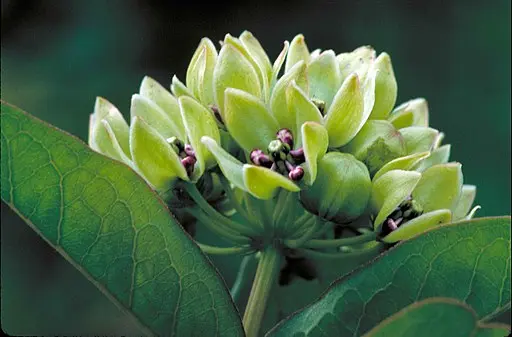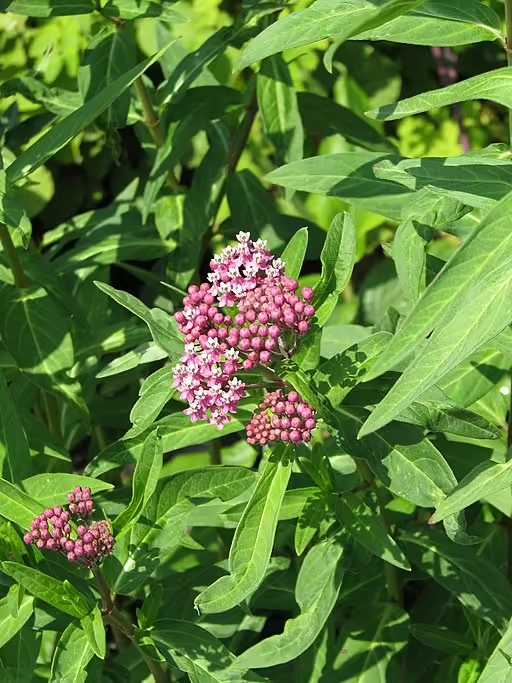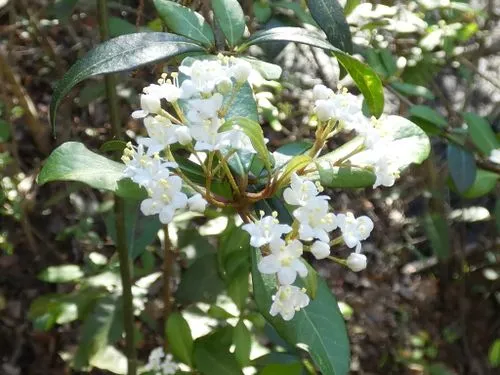Table of Contents for Wheel Milkweed (Asclepias uncialis)
Wheel Milkweed (Asclepias uncialis) is a herbaceous perennial that is native to the south-central and southwest United States. This plant is a host to the Queen (Danaus gilippus) and Monarch (Danaus plexippus) butterflies. Growing from 1 to 2 inches tall, this species has purplish-rose flowers that bloom from May to June. This is a rare species in all of the states where it is found.
Taxonomy and Naming of Wheel Milkweed (Asclepias uncialis)

Taxonomy
Wheel Milkweed (Asclepias uncialis) was originally named and described by Edward Greene, an American botanist, in 1880. The description was based on a specimen from New Mexico (Decker 2006). This species has kept the same name since and is a member of the Dogbane Family (Apocynaceae).
Meaning of the Scientific and Common Names
Scientific Name
The genus name, Asclepias, is named for the Greek god of healing, Asklepios (Flora of Wisconsin). The species name, uncialis, is a Latinized version of a form of writing having a curved or rounded shape. This is likely in reference to the flowers.
Common Name and Alternative Names
The common name describes the wheel shaped flower of this species. Another common name is dwarf milkweed (Locklear 1994) in reference to the short-stature of the plant.
Physical Description of Wheel Milkweed (Asclepias uncialis)

Description
- Plant Type: This plant is a herbaceous perennial
- Height: 1 to 2.5 inches tall
- Stem: There may be several stems that are spreading to erect.
- Leaves: The leaves are opposite, simple, subsessile, and oval to lanceolate in shape and narrowing to linear as you go up. The leaves are 0.5 to 0.8 inches long (lower), 1 to 1.5 inches long (upper) and about 0.1 inches wide. The leaves may have hairs on the leaf margins (Decker 2006).
- Flower color: The flowers are rose-purple to pink. The flowers are noted for their fragrance (Decker 2006).
- Blooming period: This plant blooms from March to June.
- Fruiting type and period: This plant has follicles that mature in the late summer and fall.
Range of Wheel Milkweed (Asclepias uncialis) in the United States and Canada

This milkweed species is native to the south-central and southwestern United States and is considered rare in every state where it occurs. The rarity is likely due to the low rate of reproduction. It is also found in adjacent Mexico (Van Devender, et al 2014).
Habitat
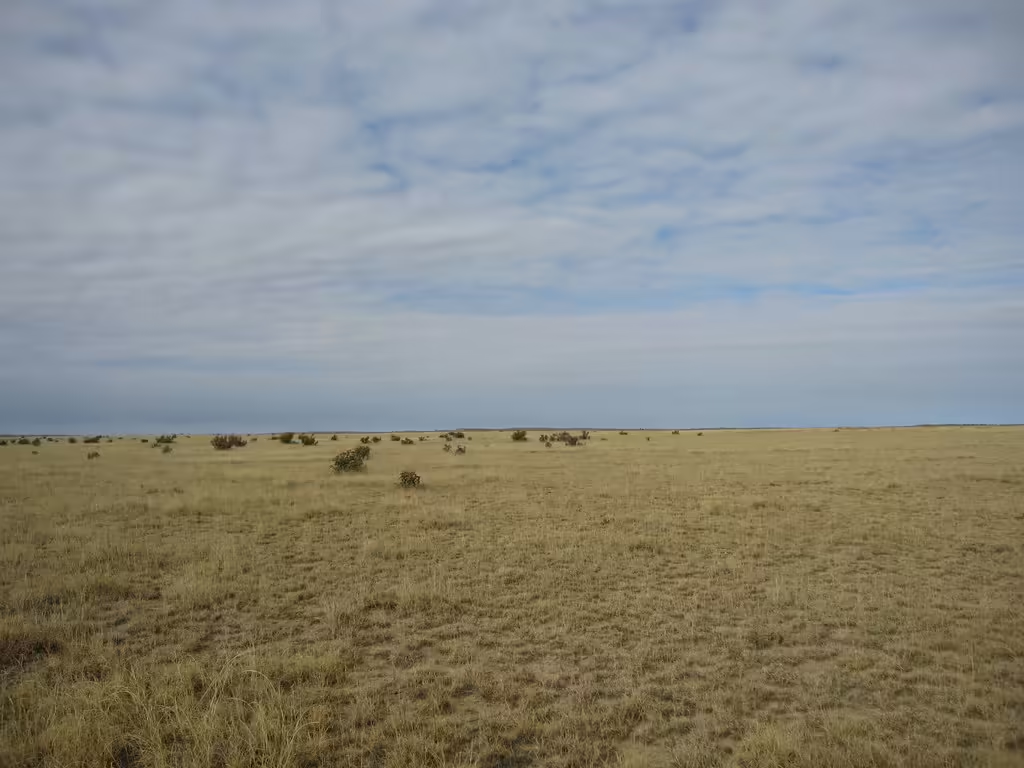
This species grows in shortgrass prairies, sandstone rocks and pinyon-pine woodlands (Decker 2006), rocky soil (Woodson 1954) and sandy soil (Rydberg 1906).
Hosted Insects

This species is a host for the Monarch Butterfly (Danaus plexippus), the Queen Butterfly (Danaus gilippus).
Other Supported Wildlife

This species is a nectar source to other butterflies, skippers, bees, and wasps during the growing season.
Frequently Asked Questions about Wheel Milkweed (Asclepias uncialis)
Is this plant poisonous?
Like other milkweeds, it has cardiac glycosides (cardenolides) and is considered to be poisonous with ingestion.
Does this plant have any ethnobotanical uses?
The Native American Ethobotanical Database does not cite this species specifically, but milkweeds in general have been used for pharmaceuticals, fibers, and foods.
How is this plant distinguished from other milkweeds?
This is likely the shortest and smallest milkweed in the United States. It is similar to Ruth’s milkweed (Asclepias ruthiae) and Cutler’s milkweed (Asclepias cutleri). However, while wheel milkweed has lanceolate leaves, Cutler’s milkweed has filiform leaves, and Ruth’s milkweed has ovate leaves. This species was once considered a variety and subspecies of Asclepias ruthiae and was called A. uncialis var. ruthiae (Sundell 1990) and A. uncialis ssp. ruthiae (Kartesz and Gandhi 1991), respectively. The sessile umbels separate this species from the bracted milkweed (Asclepias brachystephana).
Is this plant invasive?
This plant has not been noted as being weedy and is rare throughout its range.
Gardening with Wheel Milkweed (Asclepias uncialis)
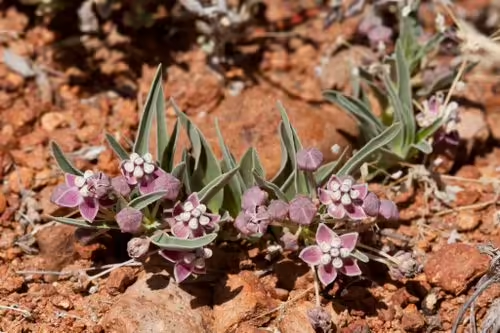
Hardiness
This species is hardy roughly in zones 6-8. If your garden is within these zones and you have the right growing conditions (soil, moisture and exposure), you may well be able to grow this plant. However, if planted outside of its range, the hosted species may not recognize the plant or be harmed by ingesting a different species with an unfamiliar chemical composition. However, this is a rare species and is not in the horticultural trade.
Optimal Conditions
This species can grow in full sun to full shade.
References
- Decker, K. (2006, April 24). Asclepias uncialis Greene (wheel milkweed): a technical conservation assessment. [Online]. USDA Forest Service, Rocky Mountain Region.
- Kartesz, John and Kancheeouram N. Gandhi. 1991. Nomenclatural Notes for the North American Flora VIII. Phytologia 71: 269-280.
- Locklear, Jim. 1994. The Dwarf Milkweed – An Endangered Species. Aquilegia 18 (1): 1, 4-5.
- Rydberg, Per Axel. 1906. Flora of Colorado. (Fort Collins, CO: Colorado Agricultural Experiment Station).
- Singhurst, Jason, Ben Hutchins, and Walter C. Holmes. 2015. Identification of Milkweeds in Texas. (Austin, TX: Texas Parks and Wildlife Department).
- Sundell, Eric. 1990. Notes on Arizona Asclepias (Asclepiadaceae) with a New Combination. Phytologia 69: 265-270.
- Van Devender, Thomas R., Ana Lilia Reina-Guererro, Aaron D. Flesch, Sky Jacobs, and Michael F. Wilson. 2014. Additions to the Flora of Sonora, Mexico. Phytoneuron 76: 1-8.
- Woodson, Robert E. 1954. The North American Species of Asclepias L. Annals of the Missouri Botanical Garden 41: 1-211.
